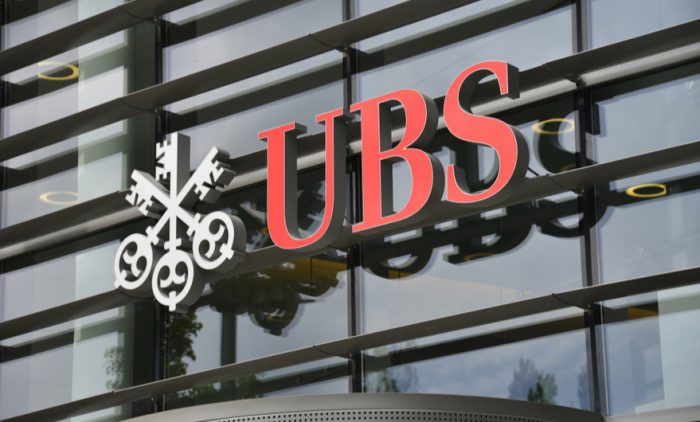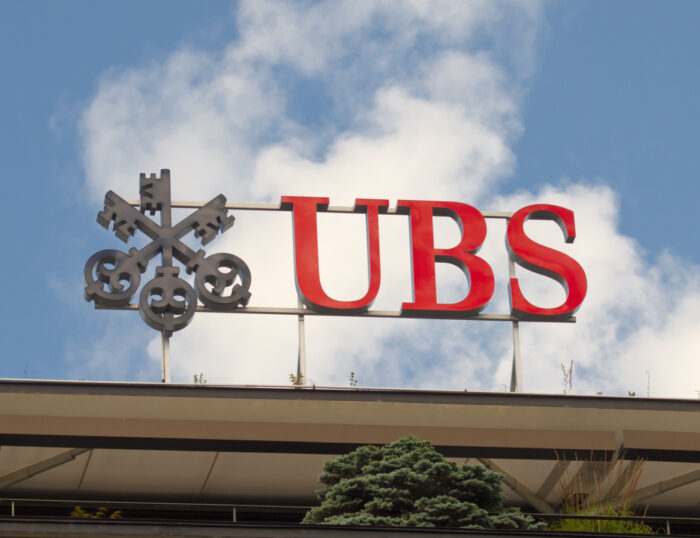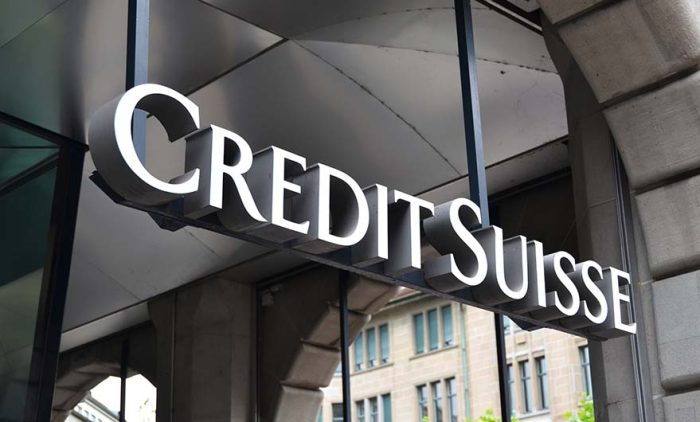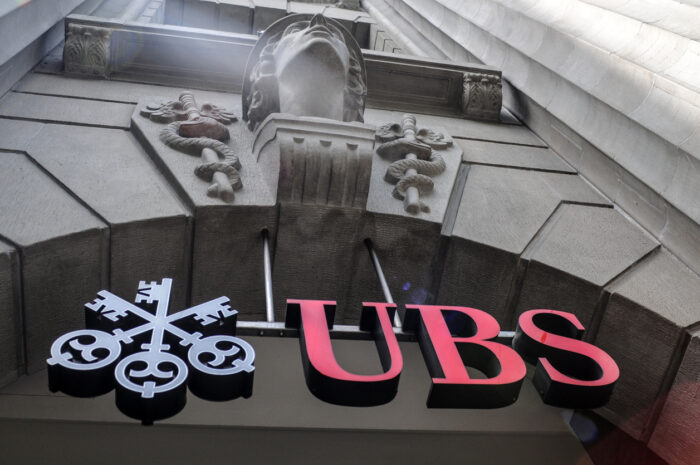Incremental increase in electronic execution of FX trades among institutions increased Deutsche Bank, UBS, Citi and Barclays US market 2013 share by 42% compared with 2012 as American institutional FX goes from strength to strength
Institutional FX firms wishing to continue to build on their existing market presence in North America, the region synonymous with the high-achieving venues of Chicago and New York, along with the superior infrastructure which executes trades with the utmost precision have experienced some resource-hungry adaptations during last year as a result of the implementation of the Dodd-Frank Act.
Despite the expense and adaptation in operating model required in order to conform to the stipulations regarding trade reporting, clearing and implementation of swap execution facilities (SEFs), the institutional FX industry in the United States is continuing to flourish.
In a report issued last week by consultancy and professional services company Greenwich Associates, an interesting dynamic among corporate heavyweights vying for market share in the United States was apparent insofar as that only one out of its top four dealers can trace its roots back to domestic soil.
European conglomerates Deutsche Bank, UBS and Barclays along with America’s Citi, had accounted for a somewhat stratospheric 53% share of the entire US market during 2013, which represents an increase of 42% over the previous year.
Further afield, the market share accrued by these four giants was equally strong, as they collectively accounted for 46.7% of top-tier customer trading volume internationally during 2013.
As electronic trading has become so prevalent among large institutions, with two-thirds of all trades conducted in this manner, market participants worldwide have experienced a consolidation of order flow, of which a vast proportion is being executed within these four institutions.
During 2013, many FX companies in the retail and institutional sector could afford themselves a metaphorical pat on the back as a number of record volume figures were achieved across the board, with an overall 41% increase in trading volumes generated by retail aggregators.
Greenwich Associates consultant Woody Canaday made a commercial statement last week relating to these statistics, and further added “As their overall trading activity levels increased, financial institutions as a whole increased the share of their trading volumes executed electronically by three percentage points to 77%, and retail aggregators upped the share of their own business done through electronic systems to 98% from 93%. “Due largely to these shifts, nearly three-quarters of global FX trading volume (74%) was executed electronically last year, up from 71% in 2012.”
In terms of which organizations will reap the benefit of the growth, Greenwich Associates consultant Peter D’Amario, stated that “The biggest beneficiaries of this shift are banks with the best electronic trading platforms.”
“In general, it is the biggest banks that are able to afford the sizable investments needed to build, deploy and maintain these sophisticated platforms. Looking at the direction of the market and the increasing influence of retail aggregators and high-frequency traders, it’s likely that this arms race will only intensify.”
When viewed on an individual basis, the market share held by each of the top firms had been calculated by Greenwich Associates to stand with UBS and Deutsche Bank at 13.1%–13.4%, Citi at 12.2%, Barclays at 11.2%, and J.P. Morgan at 6.2%, which is even more remarkable when considering the shadow of doubt foist upon these firms along with other global banks as the regulatory probe into alleged market manipulation continues to gather speed.
With Singapore having emerged as the largest institutional FX hub in Asia last year, and Japan contining to account for a substantial part of the world’s retail FX activity even after DMM Securities and GMO Click have seen their volumes reduce from the $1 trillion per month during last summer, it is quite apparent that the market unification generated by electronic execution can only serve to increase the footprint of the largest firms further.
For more on the global Forex industry see the LeapRate-Dow Jones Forex Industry Report.



